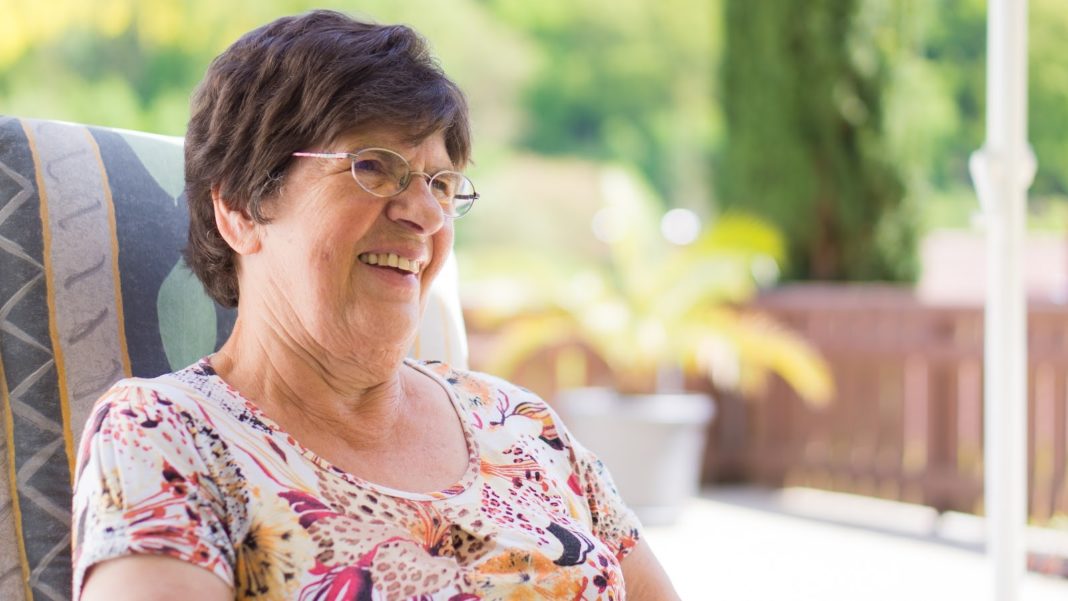A recent study suggests that the area we live in has a huge impact on whether we make it to the ripe old age of 100. The study conducted at Washington State University’s Elson S. Floyd College of Medicine claims that people residing in highly-walkable, mixed-age communities that support a healthy lifestyle, are more likely to reach centenarian age.
The research, which has been based on the mortality data of the residents of Washington State, also shows that the probability of reaching 100 is greater in urban areas and small towns that have a higher socioeconomic status.
The study’s author, Rajan Bhardwaj, said: “Our study adds to the growing body of evidence that social and environmental factors contribute significantly to longevity.” This is in line with an earlier study that found that reaching centenarian age is only 20 to 35 percent dependent on heritable factors.
“This is great news, since it means that our behavior can help to beat our genetic odds, of say, contracting a certain disease. If you eat nutritious food, take your vitamins and supplements, and exercise, this will go a long way to a longer lifespan,” said Topaz Gomez from Supplementscouts.com, a website that promotes healthy living.
The study looked at data relating to 145,000 Washingtonians who died at the age of 75 or older between 2011 and 2015. Other data from organizations such as the American Community Survey and the Environmental Protection Agency was used to determine a score for various neighborhood variables.
Some of these included air pollution, green spaces, access to transit and poverty level. The researcher then determined environmental and demographic factors associated with a lower probability of dying before turning 100.
“These findings indicate that mixed-age communities are very beneficial for everyone involved. They also support the big push in growing urban centers toward making streets more walkable, which makes exercise more accessible to older adults and makes it easier for them to access medical care and grocery stores,” said Bhardwaj.
According to Bhardwaj, the study also underlines the importance of addressing health-impacting issues experienced by African Americans and Native Americans. This is because the study results show that white people are more likely to reach centenarian age. The data also shows that women are more likely to reach their 100th birthday than men.
The research also points to which areas of the Washington State are most conducive to living to 100. This was done by mapping the potential years of life lost (or how far from 100 individuals were at the time of their deaths) in different neighborhoods.
The results indicate a number of higher socioeconomic urban and town areas where people tend to live longer, such as the greater Seattle area.





